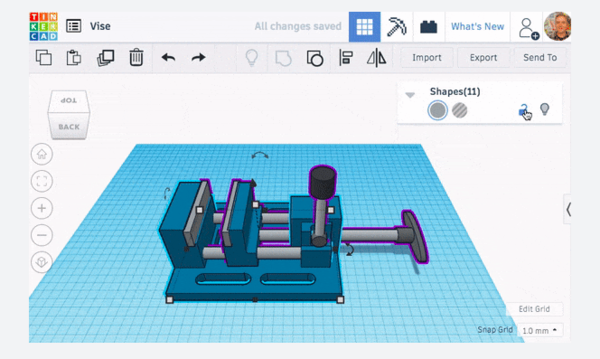Community, Leadership, Experimentation, Diversity, & Education
Pittsburgh Arts, Regional Theatre, New Work, Producing, Copyright, Labor Unions,
New Products, Coping Skills, J-O-Bs...
Theatre industry news, University & School of Drama Announcements, plus occasional course support for
Carnegie Mellon School of Drama Faculty, Staff, Students, and Alumni.
CMU School of Drama
Friday, September 24, 2021
A Beginner’s Guide to Stepper Motors
Cool Tools: Most of us who at least dabble in DIY electronics know about DC motors and servomotors. But the world of stepper motors can seem intimidating and overly complicated. If they are for you, check out this excellent beginner’s guide by engineer and educator, Jeremy Fielding.
Subscribe to:
Post Comments (Atom)

1 comment:
Stepper motors are actually quite important in the lighting world, should you be using any sort of moving light. Stepper motors offer a high degree of precision in rotational position, which can be show-critical when it comes to programming a moving light to a specific position. In the video guide, Jeremy Fielding produced an example in which the stepper would advance 0.18 degrees per button press – meaning over 2000 positions in a full 360 degrees of rotation. Most moving lights these days use 2 channels of DMX control, which means roughly 65,025 different possible positions for each pan as well as tilt, which theoretically makes for a total of over four BILLION different unique positions. This, of course is highly impractical as a difference of one sixty—five-thousandth will be basically imperceptible. Nonetheless, the ability to have this kind of precision when it comes to programming moving lights would not be remotely possible without stepper motors. Stepper motors are the backbone of a moving light – without stepper motors, moving lights would be entirely static. No movement, no gobos, no color chips or wheels.
Post a Comment